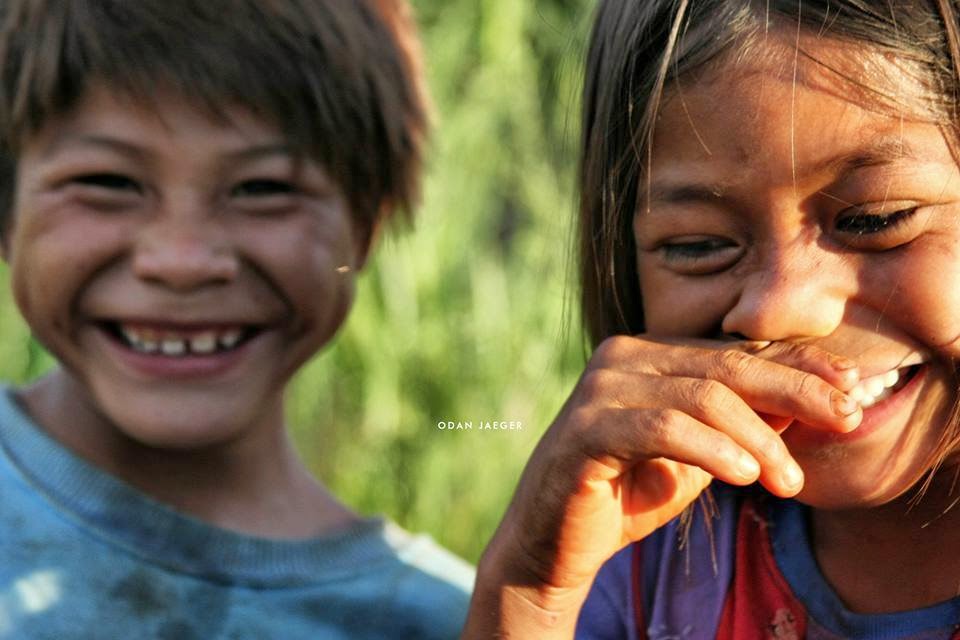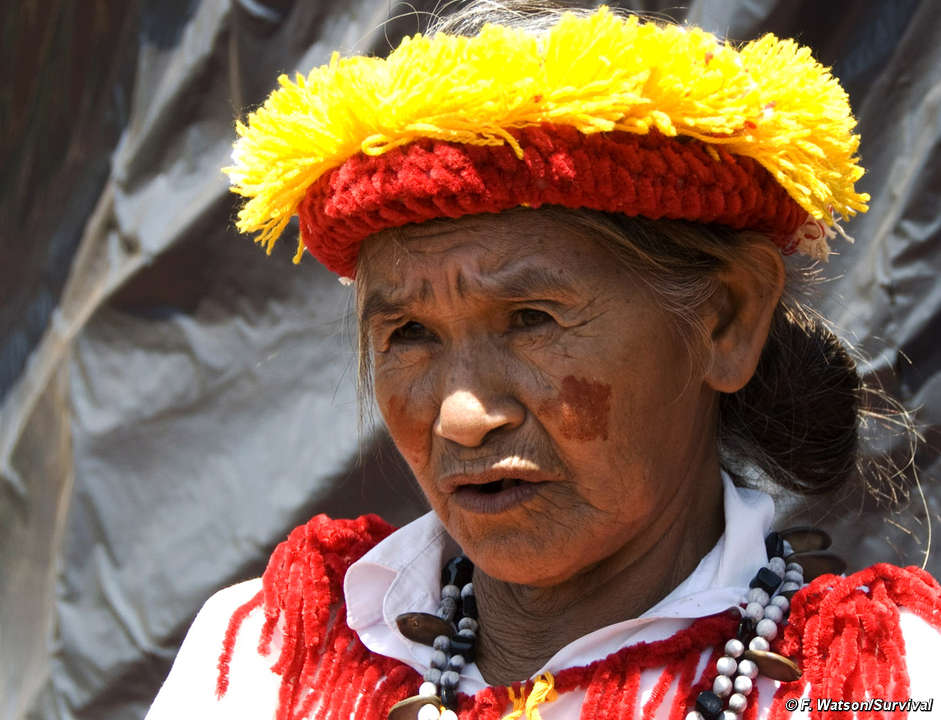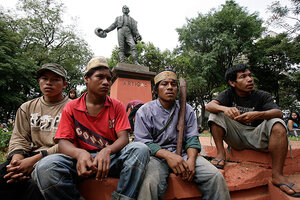Latin America
Related: About this forumAn Indigenous Community in Paraguay Faces One of the Biggest Hydroelectric Dams in the World
Translation posted 23 December 2017 12:24 GMT
Since the construction of the Itaipú hydroelectric dam, the Ava Guarani people of Sauce have been fighting to stay on their ancestral lands. In the 80s, after being promised they could return to the land once the water from the dam receded, the community was sent to live far away from the one water source that has always been essential to their way of life — the Paraná river. In 2015, after years of living far from their home, the community decided to return to the banks of their river, and despite violent evictions from authorities, the Ave Guarani are claiming their right to the land they were forced to leave behind so many years ago.
The surprise eviction
In 2016, Cristóbal Martínez saw his community being evicted for the second time by the Itaipú dam, one of the biggest hydroelectric dams in the world. The Ava Guarani people of Sauce in the Alto Paraná department of Paraguay (‘sauce’ in Spanish also means willow) is a community with strong spiritual connections to the waters surrounding their land. When the eviction came, Martínez and his people were forced to watch as police set fires to their homes. Hidden with their belongings in the remote corners of their ancestral lands, they saw their tapỹi (their village) reduced to ashes. The situation was not too different from the last eviction which forced them to leave Sauce 30 years before. Only this time, the Ava Guarani wouldn't abandon the shores of the Paraná river they called home.
Men, women, children and the elderly took refuge close to the river in the place that they inhabited until the 80s. For the Guarani peoples, the Yvy Marãe'ỹ (“land without evil”) is a place where they can be happy, a place where water flows abundantly. For the Ava Guarani, that water comes from the Paraná river, the second longest in South America.
On September 30th, 2016, after the attempted eviction, twelve squad cars belonging to the Special Group of Operations branch of the National Police (GEO), the Mounted Police and civil servants from the Paraguayan Indigenous Institute (INDI) arrived in the village to check on the welfare of the Ava Guarani, but the community stayed in hiding.
For Martínez, the leader of this community, distrust of the authorities runs deep.
More:
https://globalvoices.org/2017/12/23/an-indigenous-community-in-paraguay-faces-one-of-the-biggest-hydroelectric-dams-in-the-world/

Itaipú hydroelectric dam

"Paraguái - Yvy Marane'y"










Guarani citizens as depicted by Spanish invaders.
Judi Lynn
(160,545 posts)Aché Sue Paraguay’s Government over Historic Genocide
by Survival International / July 3rd, 2014
The survivors of a South American tribe which was decimated during the 1950s and 60s are taking Paraguay’s government to court over the genocide they suffered.
The case of the hunter-gatherer Aché tribe, who roamed the hilly forests of eastern Paraguay until being brutally forced out, became notorious in the 1970s.
As the agricultural expansion into eastern Paraguay gathered pace from the 1950s, the Aché found themselves forced to defend their land from an ever-increasing colonist population. These colonists soon started to mount raiding parties to kill the male Aché: women and children were usually captured and sold as slaves.
One of the most notorious hunters of the Aché was Manuel Jesús Pereira, a local landowner. He was an employee of Paraguay’s Native Affairs Department, and his farm was turned into an Aché “reservation”, to which captured Aché were transported. Beatings and rape were common. Countless others died of respiratory diseases. The Director of the Native Affairs Department was a frequent visitor, and also sold Aché slaves himself.
More:
https://dissidentvoice.org/2014/07/ache-sue-paraguays-government-over-historic-genocide/